
Photo by Scott Webb on Unsplash
Linux Basic Series: Setting Up Linux(P2)
This article helps you choose which Linux Distro to install, installation method and install Linux(Ubuntu) in a VM.
This is the 2nd part of 7 part series where I explain the Basics of Linux.
Which Linux Distro to Choose?
The term Linux may mean different things to different people but in a narrow sense, it refers only to the operating system kernel: the basic program that underlies everything else that communicates with the hardware (such as CPU, memory and attached devices) and the applications that run on the computer.
It’s a lot of work to assemble all the other components that are stacked above the Linux kernel (applications, libraries, graphical environments etc) and it is the job of a Linux Distribution to integrate all these components in a clean and updatable entity that users can take advantage of.
Distribution families are:
• Red Hat: Including Fedora, Red Hat Enterprise Linux (RHEL), and CentOS.
• Debian: Including Debian, Ubuntu and Linux Mint.
• SUSE: Including SUSE and openSUSE.
We will choose Ubuntu for installation.

Different Methods of Installation
There are several ways to install Linux on a computer or server, including:
Live USB or CD/DVD: You can create a bootable USB drive or CD/DVD containing a live version of Linux. This allows you to run Linux from the USB or CD/DVD without installing it on your computer. This method is useful for testing Linux before committing to a full installation or for troubleshooting issues.
Dual boot: You can install Linux alongside your existing operating system, such as Windows or macOS, by creating a partition on your hard drive. During the boot process, you can choose which operating system to boot into. This method allows you to use Linux while still having access to your other operating system.
Virtual machine: You can install a virtual machine software, such as VirtualBox or VMWare, on your existing operating system and install Linux within the virtual machine. This method allows you to run Linux as a guest operating system while still using your existing operating system.
We will be using Virtual Machine for this.
Installing Linux in a VM.
⚠️NOTE⚠️
Make Sure you have enabled Virtualization on your PC before beginning.
We will download Ubuntu 22.04.1 LTS from this site.

By pressing on the download button it will download an iso image of Ubuntu which we install on a Virtual Machine using VMware workstation Pro.
You can install the VMware workstation Pro from this site.
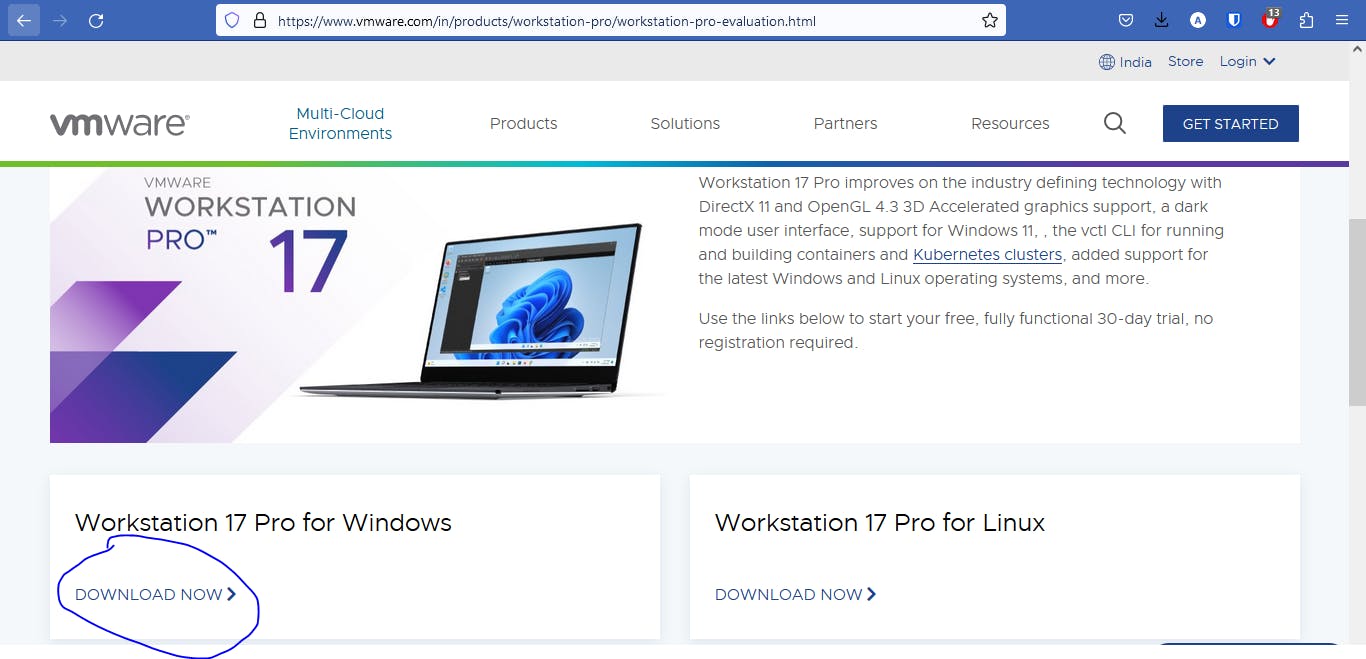
Let's Start the installation process:

Step 1.
Select "New Virtual Machine" from the File dropdown in VMware Workstation Pro.

Step 2.
Select "Typical" and Press next.

Step 3.
Select the browse button and select your image in this case Ubuntu that we downloaded earlier and press next.
Ubuntu ISO Supports Easy to install in VMware so we don't have to completely install it ourselves.

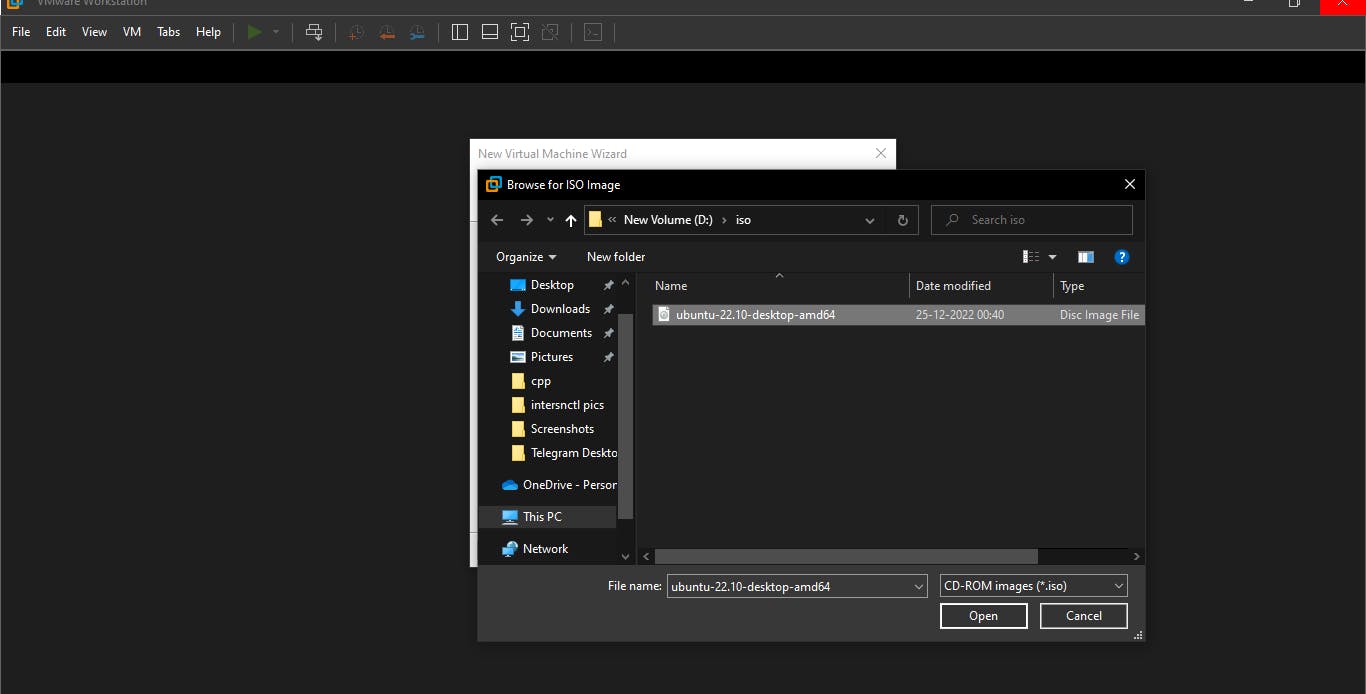
Step 4.
Fill the form that appears with Full name, username and a password. Please note that we will be using these credentials to login to our system after the installation.
Don't forget your username and password.
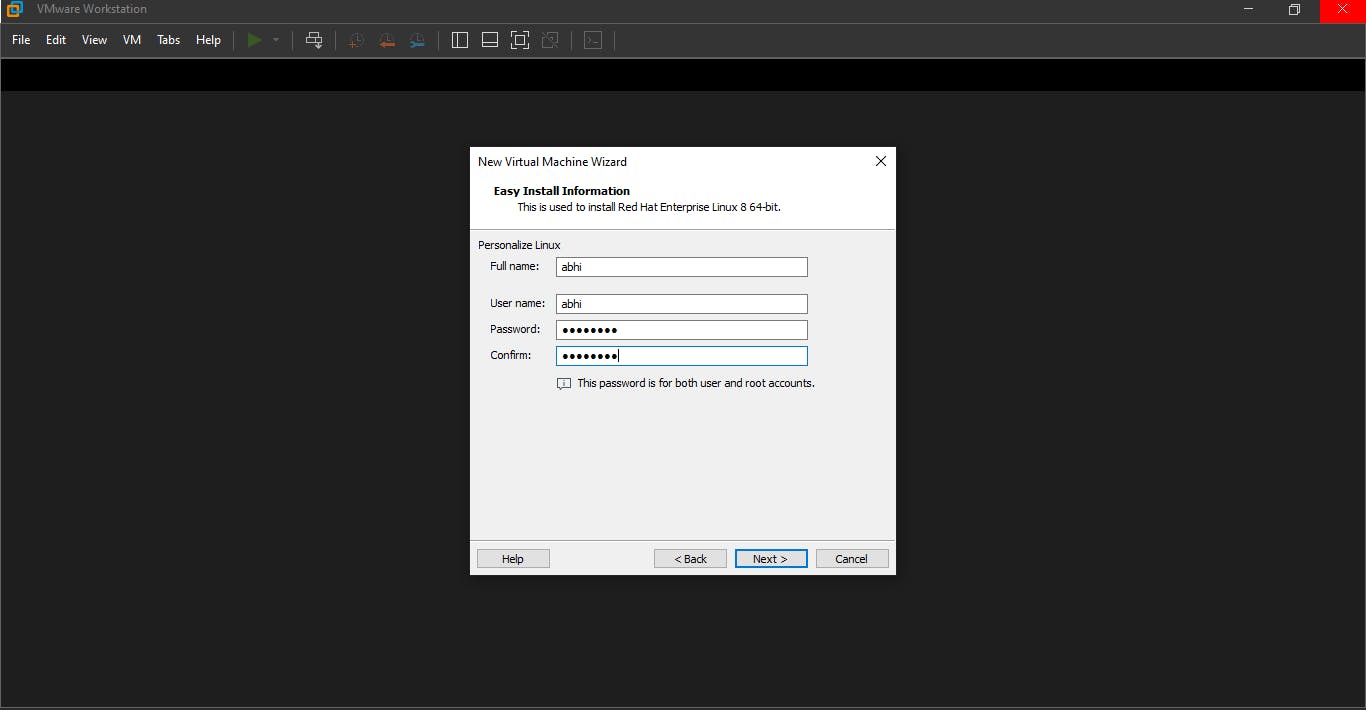
Step 5.
Give a name for your Virtual Machine and give a location where it will be installed.
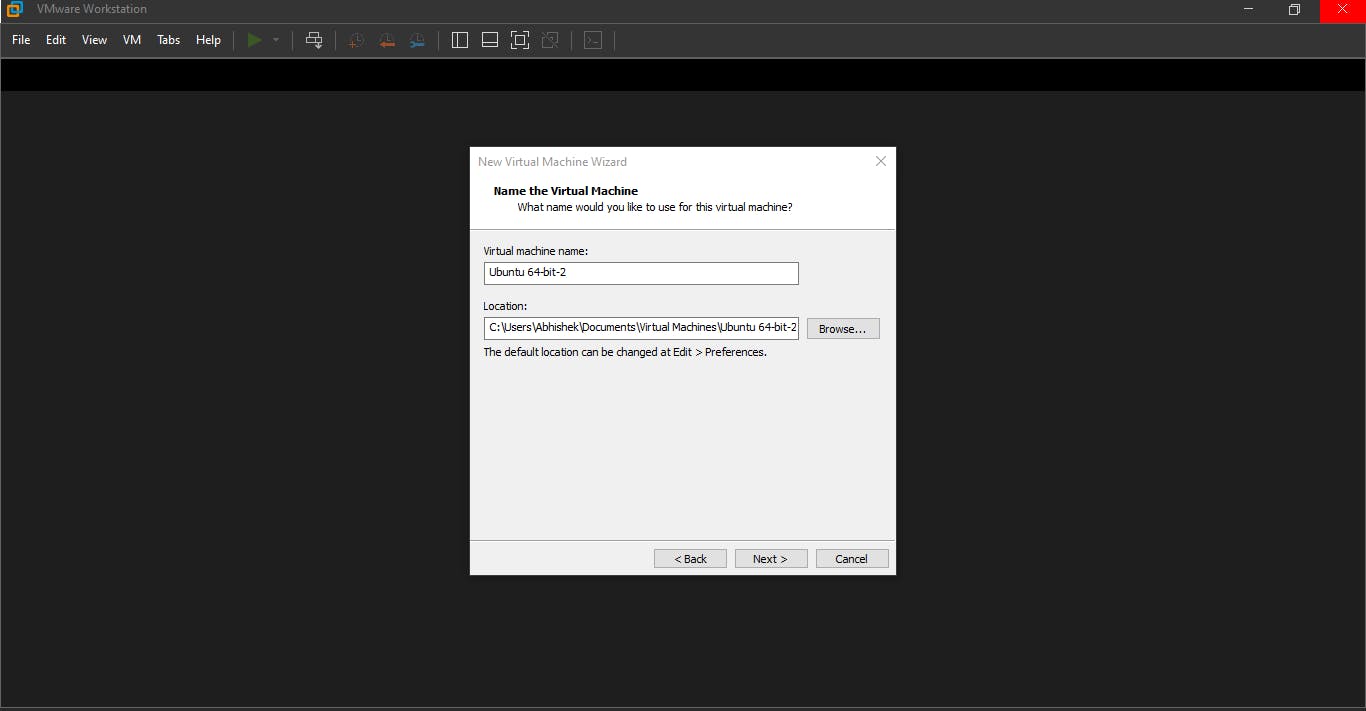
Step 6.
Give the maximum disk size. Give a minimum of 20 GB to your VM. I have given 50 GB to mine.
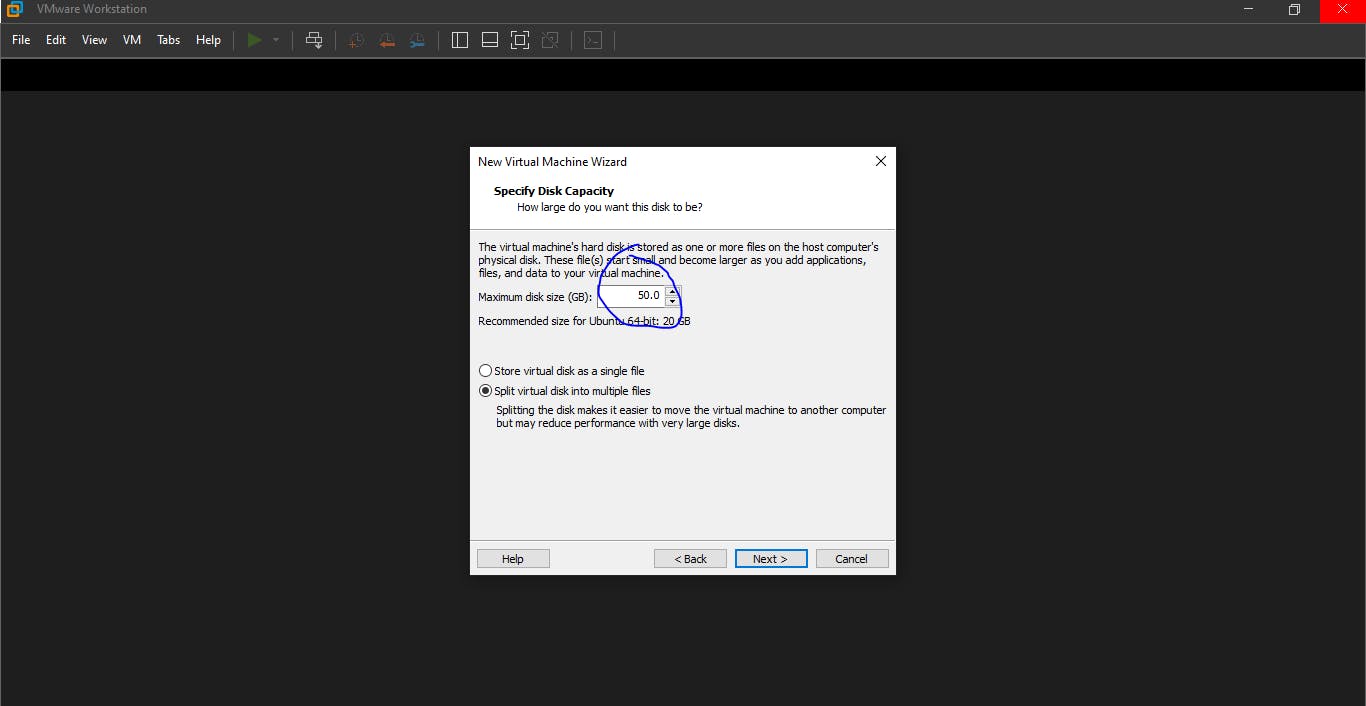
Step 7.
Make sure to give at least 2GB Ram to your VM for smooth functioning of it. Click finish to let your system do the rest.

After the Installation is completed log in to your VM using the credentials you created in Step 4.

